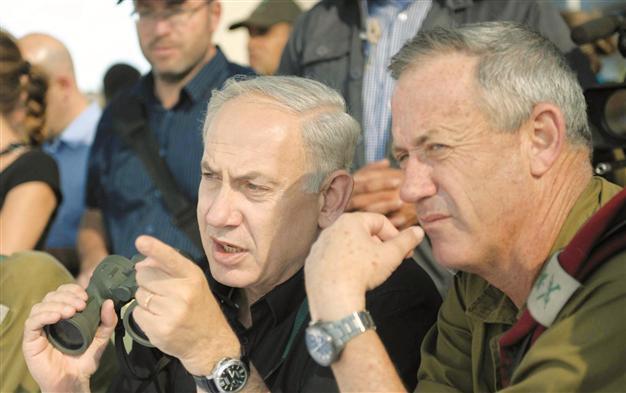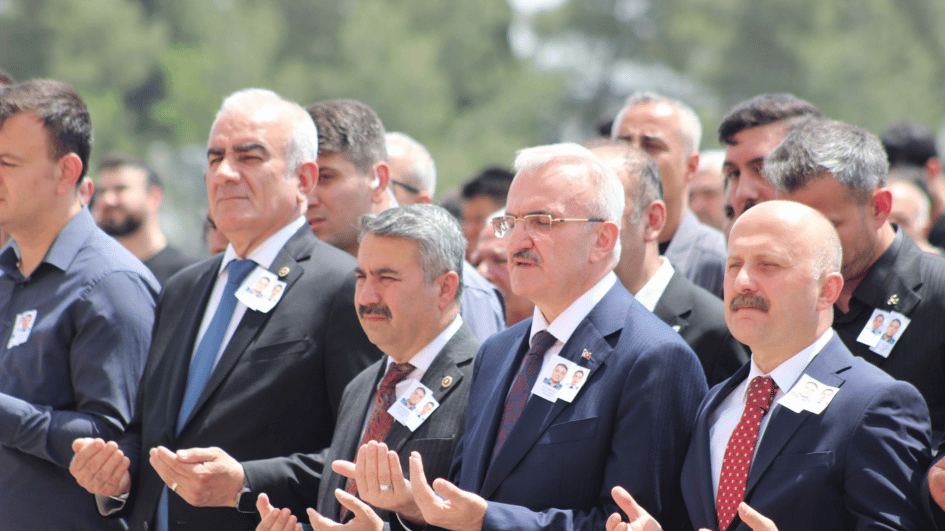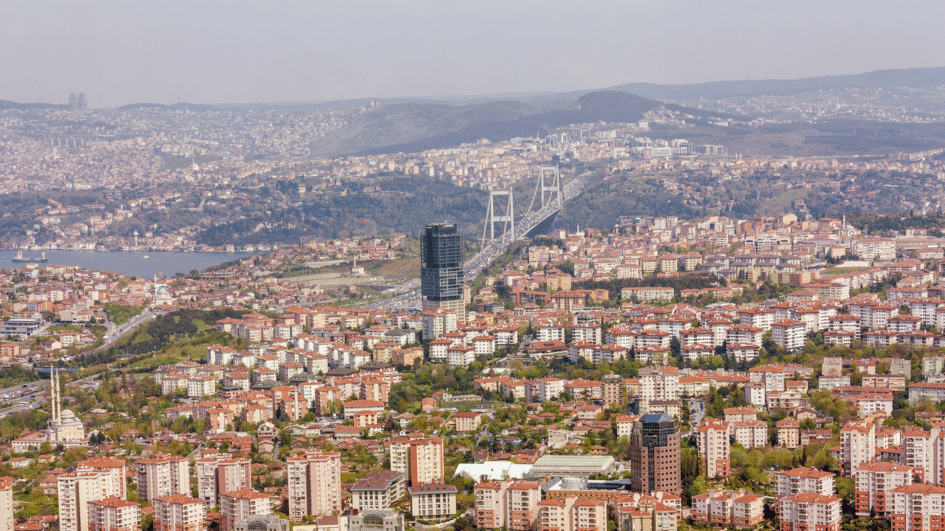Netanyahu draws ‘red lines’
UNITED NATIONS / WASHINGTON

Netanyahu observes an army exercise on the Golan Heights with Chief of Staff, Lt Gen Benny Gantz (R). Netanyahu claims Iran is 70 percent of the way toward enriching enough uranium to put itself within reach of a weapon.
Israeli Prime Minister Benjamin Netanyahu has drawn the world a stark warning that Iran could have a nuclear bomb in less than a year and demanded international action, while Iran has vowed to “retaliate” against any attack.Netanyahu flashed a diagram of a cartoon-like bomb before the U.N. General Assembly in New York, showing the progress Iran has made and saying it has already completed the first stage of uranium enrichment. Then he pulled out a red marker and drew a line across what he said was a threshold Iran was approaching and which Israel could not tolerate, the completion of the second stage and 90 percent of the way to the uranium enrichment needed to make an atomic bomb. Netanyahu claimed Iran was 70 percent of the way toward enriching enough uranium to put itself within reach of a weapon, and used his red marker to indicate the 90 percent line he said was the limit of tolerance.
“By next spring, at most by next summer at current enrichment rates, they will have finished the medium enrichment and moved on to the final stage,” he said. “From there, it’s only a few months, possibly a few weeks, before they get enough enriched uranium for the first bomb.”
“At this late hour, there is only one way to peacefully prevent Iran from getting atomic bombs, and that’s by placing a clear red line on Iran’s nuclear weapons program,” Netanyahu told the 193-member U.N. assembly. “Faced with a clear red line, Iran will back down. Red lines don’t lead to war, red lines prevent war.”
Just hours after the Israel presented its case to the world, Netanyahu met with U.S. Secretary of State Hillary Clinton at a New York hotel where she was expected to hear the alternative argument for possible military action.
Unfounded and imaginary graph, Iran says
As a response to Netanyahu’s “red line” remarks, Iran’s deputy U.N. ambassador Eshagh al-Habib said his country was “strong enough to defend itself and reserves its full right to retaliate with full force against any attack.”
Denying any nuclear military program, al-Habib accused Netanyahu of making “baseless allegations” against Iran. Habib said Netanyahu had “shamelessly and hypocritically” made the accusations, adding that Israel was a non-declared nuclear power. The Iranian envoy also accused Israel of organizing operations in Iran that led to the murder of several of its nuclear scientists.
Habib poked fun of the graph that Netanyahu used in his speech.
“For the second time in the recent history of the U.N., an unfounded and imaginary graph was used to justify a threat against a founding member of the U.N,” he told the U.N. General Assembly. It was an implicit reference to the “proof” of weapons of mass destruction that U.S. Secretary of State Colin Powell used when making the case for the 2003 U.S.-led invasion of Iraq.
Meanwhile, a White House spokesman said U.S. President Barack Obama was expected to speak to Netanyahu by phone on Sept. 28, as the White House faces heat over the lack of a meeting between the leaders in New York. “I expect the president will have a follow-up phone call with the prime minister, probably Sept. 28,” spokesman Jay Carney told reporters.
Israel considers a nuclear-armed Iran to be an existential threat, citing Iranian denials of the Holocaust, its calls for Israel’s destruction, its development of missiles capable of striking Israel and its support for hostile Arab militant groups. The Iranian government says it is enriching uranium to 20 percent purity, a short technical step from the 90 percent needed for a bomb, for a medical research reactor. The West believes the effort hides a military goal.
Compiled from AFP and AP stories by Daily News staff.
















